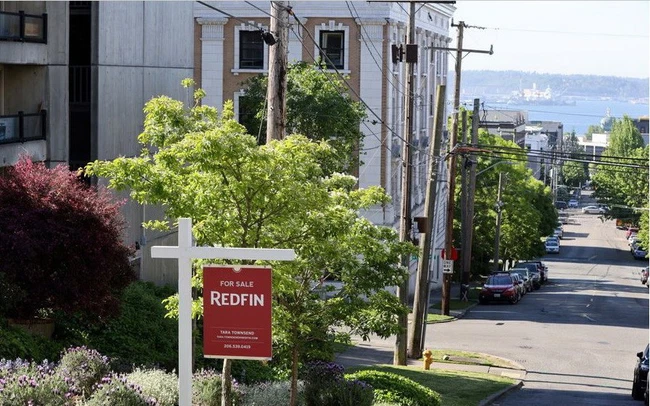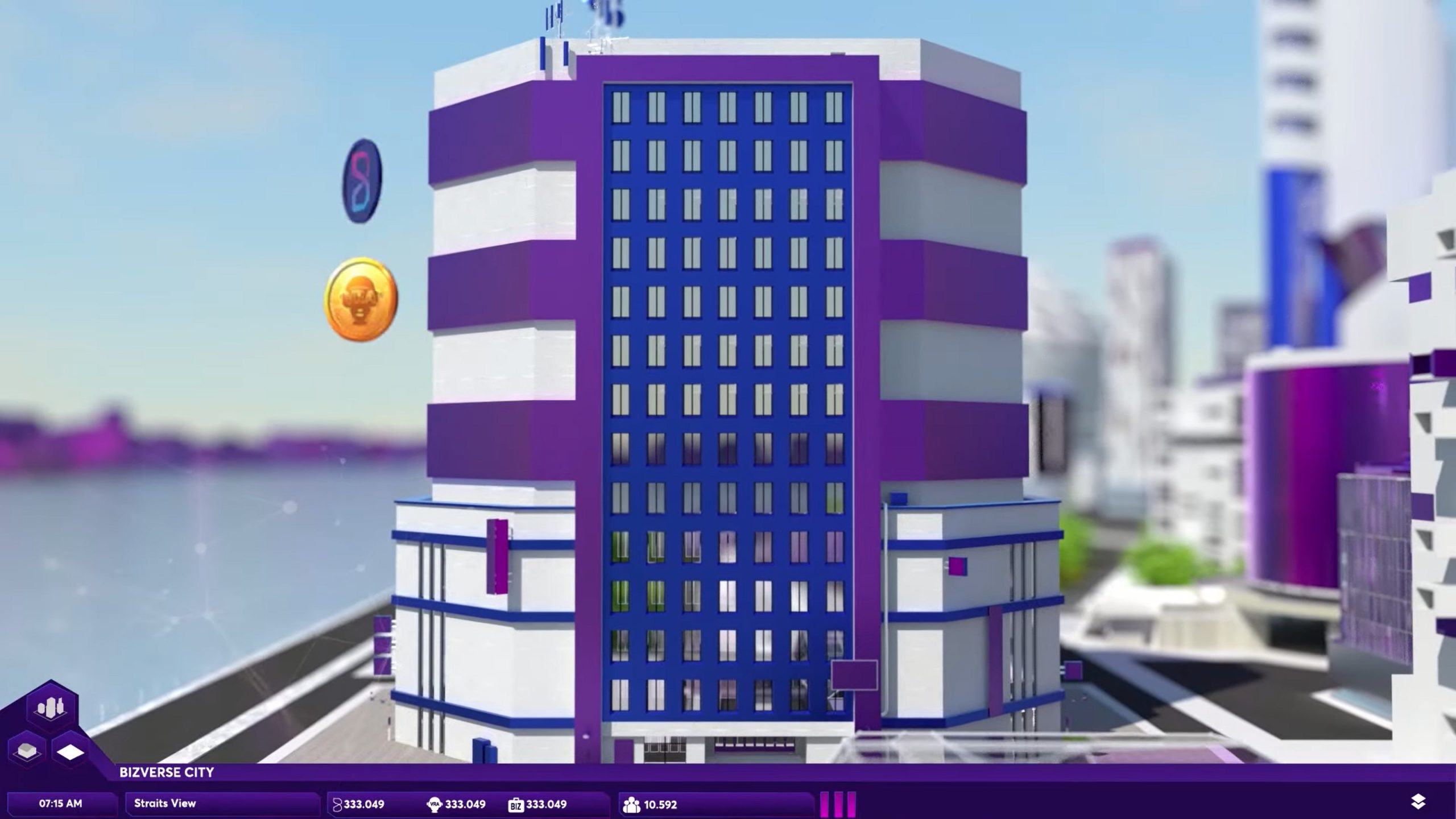1. Investment opportunities are only in the hands of the super-rich
According to data from the National Association of American Realtors (NAR), the median home price in the United States was $ 350,300 last month, up 15.4 percent from the same time previous year. It’s not quite a record-high median home price in the United States, but it is an all-time high for January, which is typically a slow month for the country’s real estate market. In June of last year, the median home price in the United States established a new high of $362,800.

The percentage of first-time purchasers in the US real estate market has dropped to near-record lows. This category accounted for only 27% of all house purchases in January, compared to 33% in the same month the previous year. Individual investors or second-time homebuyers accounted for 22% of the total, up from 15% in the same period the previous year.
In January, more than a quarter of all house purchases in the United States were paid for totally in cash, compared to 19 percent in the same period last year.
Real estate prices are constantly increasing, but the low rate of return makes many large investors afraid, while young investors have little chance.
2. The reason housing prices are expensive
The housing buyer and renter market is increasingly gloomy due to major changes in demand after the pandemic such as:
2.1 Trends of working remotely
Telecommuting will also have an impact on the housing market in the United States. The COVID-19 pandemic has ushered in a new era of remote and highly flexible work. Many organizations’ new working practices, according to observers, will continue this tendency next year.

When homebuyers no longer have to commute between work and home on a regular basis, they have greater freedom to divide their personal and professional lives. The prospect of a future in which you may work from anywhere and still have a job, as well as a desire for greater living space, have prompted and will continue to prompt more people to relocate to places outside of the city center, whether to a rural suburb or a whole new part of the city.
2.2 Inflation and interest rates
Housing decisions in 2022 will be heavily influenced by hyperinflation. To keep inflation under control, the Federal Reserve (Fed) is extremely likely to tighten its monetary policies. Increasing key interest rates is one way to accomplish this.
While the Fed’s decisions rarely have a direct impact on mortgage rates, they do have an indirect impact on how much people pay for long-term fixed-rate mortgages. To combat growing inflation in recent months, the Fed announced plans to hike interest rates three times by 2022 at its December meeting.

While rising prices can put a strain on budgets and encourage families to look for methods to save money on housing, many buyers will see a long-term mortgage as a ” insurance against inflation.” And, while rents rise and mortgage rates remain low, it’s likely that people who can afford to pay cash will opt to buy a home rather than rent, increasing market demand and maintaining the price trend up.
3. New wave of land investment
It is for the above reasons that not only young investors but also large companies targeting new markets are more fertile – land in Metaverse. The amount of money spent to invest in a virtual land is much less than real land and the rate of return is higher with the metaverse trend.
The border between the virtual world and the actual world is dissolving as we witness more virtual lands.

It’s been dubbed a “new earth rush” by some. Many investors are attracted to the prospect of one day owning digital real estate in a prime location when the entire globe has gone “virtual.” Although there is no certainty that everyone will be able to acquire virtual houses, this does not prevent digital aficionados from doing so.
